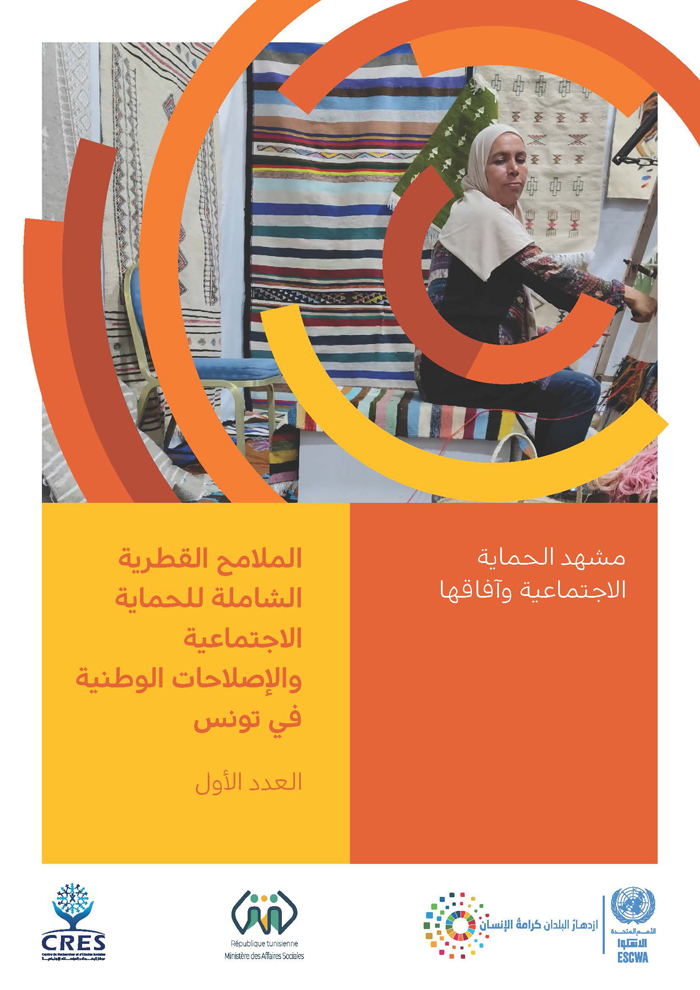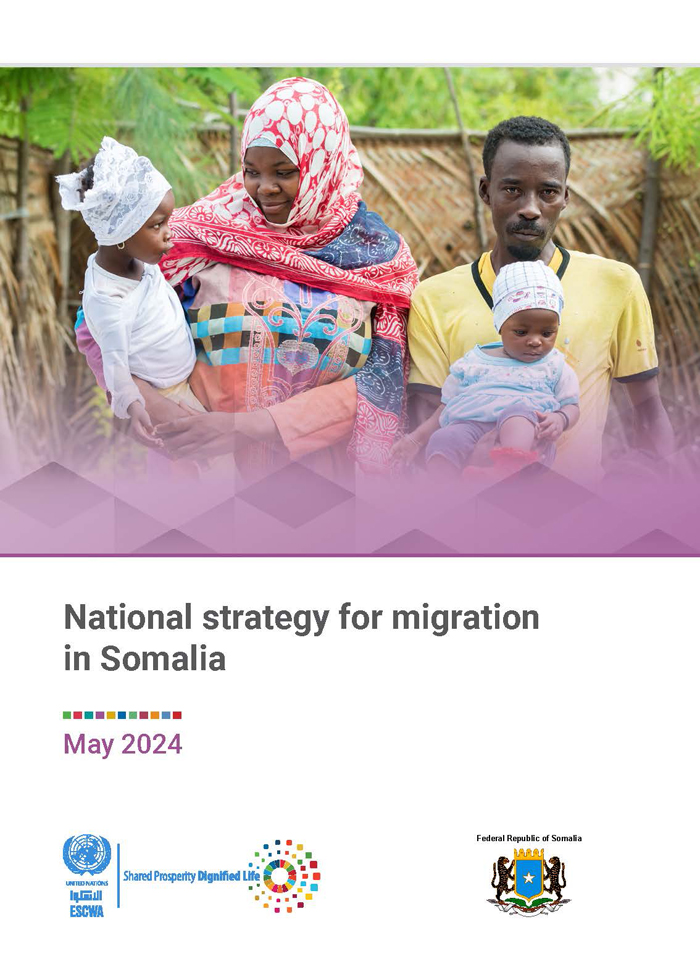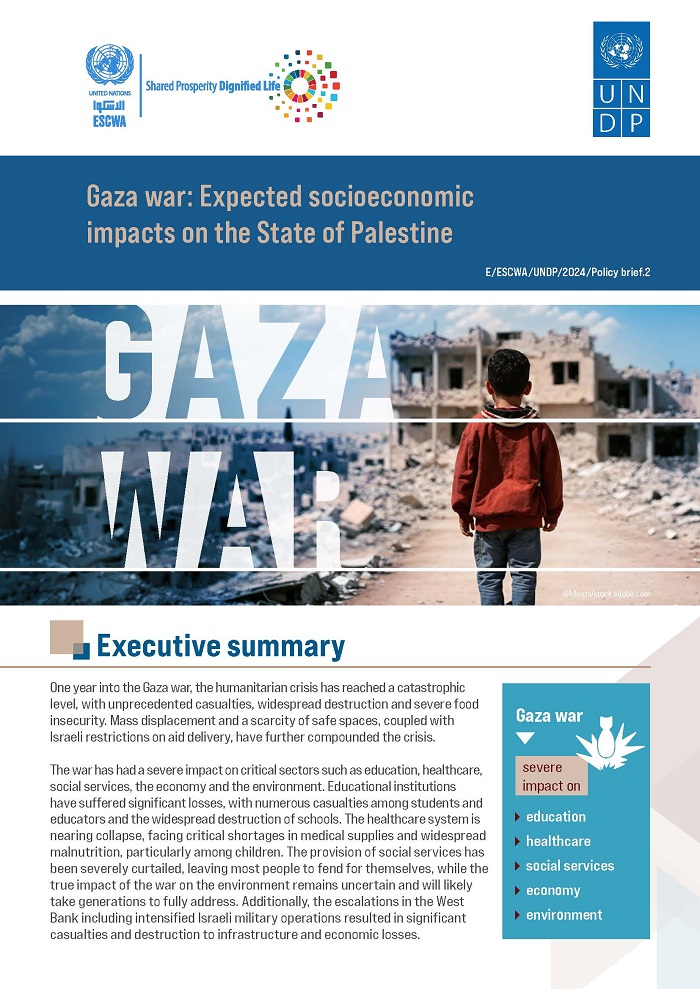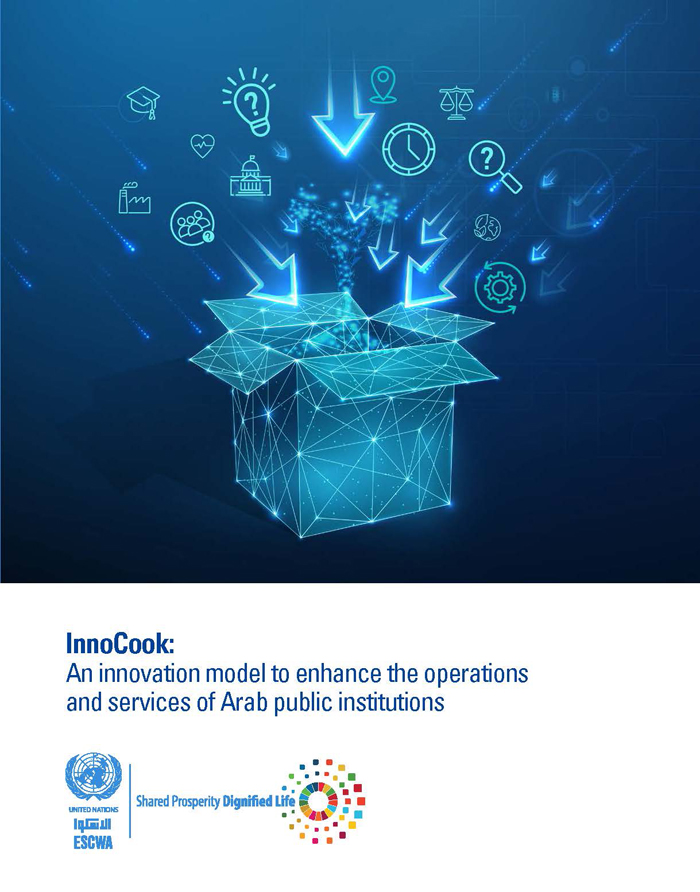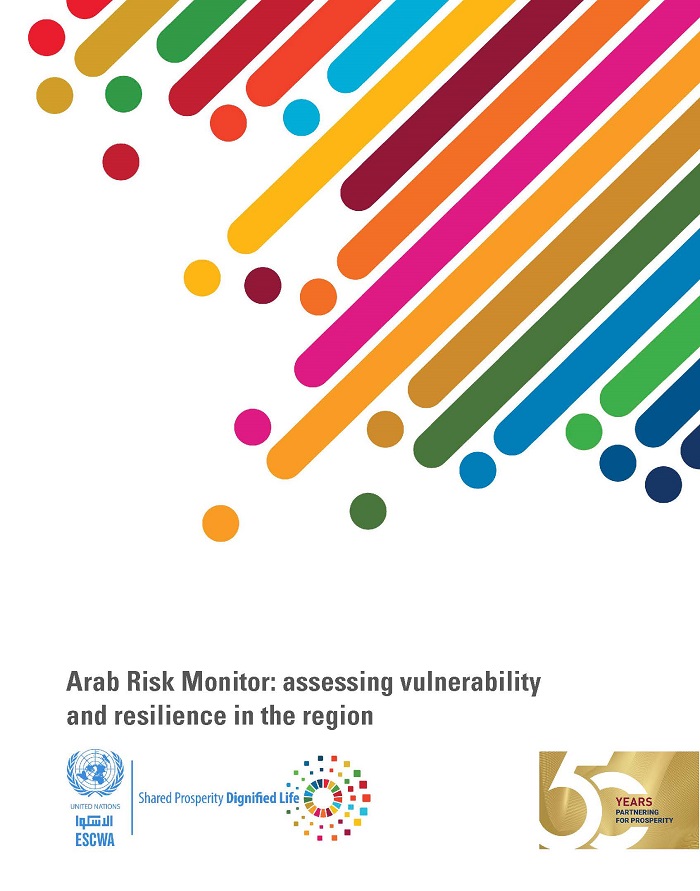
ESCWA Publication: E/ESCWA/CL6.GCP/2023/TP.5
Country: Arab region
Publication Type: Information material
Cluster: Governance and Conflict Prevention
Focus Area: Governance & enabling environment, Resilient development & conflict prevention
Initiatives: Development challenges, Climate Resilience through Regional Cooperation, Governance and institution building
SDGs: Goal 16: Peace, Justice and Strong Institutions, Goal 17: Partnerships for the Goals
Keywords: Arab countries, Conflict, Risk assessment, Natural resources, Climate change, Armed conflicts, Economic crisis, Climate change, Food security
Arab Risk Monitor: assessing vulnerability and resilience in the region
July 2023
The Arab region grapples with complex and protracted crises aggravated by a multitude of conflicts, climate shocks and development challenges. The damaging effects of these crises impacts people, societies and institutions, and threatens to undo the progress made. This paper presents the key findings of the United Nations Economic and Social Commission for Western Asia Arab Risk Monitor, which assesses vulnerability and resilience to shocks in 22 Arab countries, exploring the issues shaping risks of conflict, crisis and instability. The analysis reveals that weak institutions, combined with the scarcity of natural resources, perpetuate a vicious cycle of instability and conflict. Over the past decade, the region’s overall risk has increased, primarily driven by the devastating impact of recent conflict. Water scarcity, food insecurity and corruption emerge as key drivers of high vulnerability while inadequate social protection, water stress and a lack of accountability hamper the region’s resilience. Amidst this challenging landscape, efforts to build resilience in the Arab region have shown promise, propelled by the increasing adoption of climate adaptation strategies, the expansion of social safety nets and a significant decline in infant mortality rates. By observing and interpreting structural trends, the Risk Monitor can serve to guide policymakers in the Arab region, development organizations and humanitarian actors who navigate increasingly complex polycrisis dynamics, integrate risk analysis into policymaking and planning, and ultimately advance the Sustainable Development Goals.
Related content
Governance & enabling environment
, Resilient development & conflict prevention
,
The Arab region grapples with complex and protracted crises aggravated by a multitude of conflicts, climate shocks and development challenges. The damaging effects of these crises impacts people, societies and institutions, and threatens to undo the progress made. This paper presents the key findings of the United Nations Economic and Social Commission for Western Asia Arab Risk Monitor, which assesses vulnerability and resilience to shocks in 22 Arab countries, exploring the issues shaping risks of conflict, crisis and instability. The analysis reveals that weak institutions, combined with the scarcity of natural resources, perpetuate a vicious cycle of instability and conflict. Over the past decade, the region’s overall risk has increased, primarily driven by the devastating impact of recent conflict. Water scarcity, food insecurity and corruption emerge as key drivers of high vulnerability while inadequate social protection, water stress and a lack of accountability hamper the region’s resilience. Amidst this challenging landscape, efforts to build resilience in the Arab region have shown promise, propelled by the increasing adoption of climate adaptation strategies, the expansion of social safety nets and a significant decline in infant mortality rates. By observing and interpreting structural trends, the Risk Monitor can serve to guide policymakers in the Arab region, development organizations and humanitarian actors who navigate increasingly complex polycrisis dynamics, integrate risk analysis into policymaking and planning, and ultimately advance the Sustainable Development Goals.
